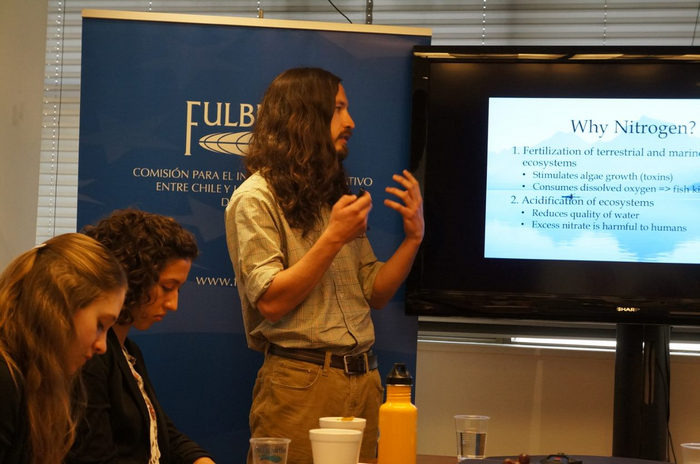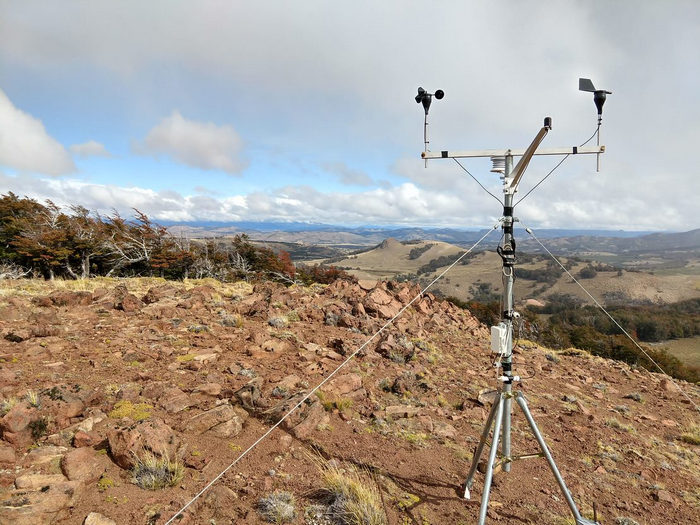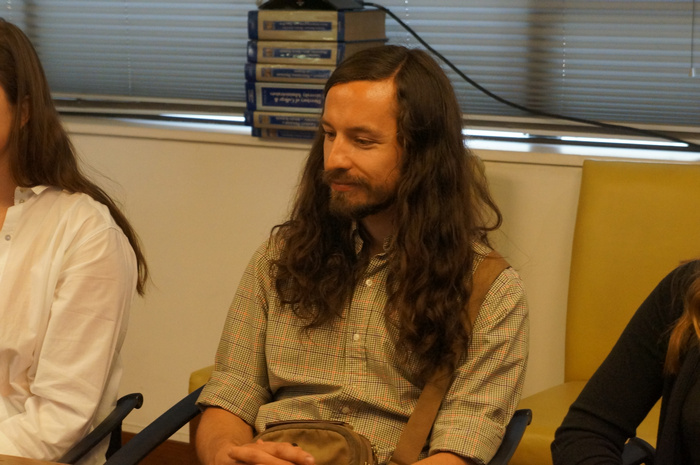US Student 2018 Michael Rush :August report

I visited our field site at Coyhaique Alto numerous times to download data and measure flow. I also brought along a new technician at the Centro de Investigacion en Ecosistemas de la Patagonia (CIEP) who may be able to continue maintaining my weather stations after I leave in November.
I’ve been working full-time developing and running computational models using my datasets to estimate the overall water budget (evapotranspiration, groundwater, streamflow etc.).
I visited field sites of my collaborators near Puerto Rio Tranquilo, Rio Murta, and Trapananda Reserve to get a sense of the large precipitation gradients and ecosystem variability throughout the region.

I worked with my contact at the Dirección General de Aguas – my contact works in Excel, so we are thinking of bringing in another collaborator at the DGA who is familiar with Python and R to keep the ball rolling.
Soon I will be able to drive the computational models with future scenarios to simulate the evolution of subsurface and surface flows under climate change forcings. I’ll continue to visit my field sites to measure flow and download the sensor data. I will continue to meet with the folks at the DGA and try to steer that collaboration in a productive direction.

I am starting to think about finding a way to share what I’ve been studying with the community – in November, there is a large water conference hosted by CIEP, but I’m looking at ways to share my work with a more general-interest community audience.
I’ve been spending lots of time getting to know neighbors and community members, and discussing issues related to water in the region, as well as other relevant topics such as air pollution. Spring is coming ¡¡
